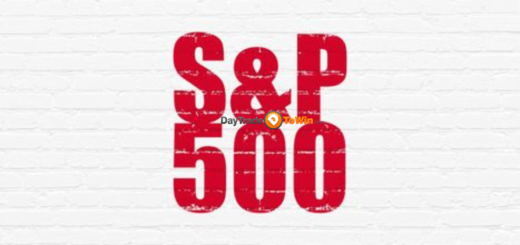4 Money Moves to Consider Before the Fed Rate Cuts
With Federal Reserve Chair Jerome Powell indicating that “the time has come” for rate cuts, it’s crucial to reassess your financial strategies. The expected rate reductions could create opportunities for borrowers, savers, and spenders, but they also come with potential challenges.
Powell’s recent comments have fueled speculation that the Fed could begin lowering rates as soon as their next meeting, with more cuts likely over the next year. Currently, the federal funds rate stands between 5.25% and 5.5%. The series of rate hikes since March 2022 was aimed at curbing inflation, but it also made borrowing more expensive, impacting mortgages, credit cards, and loans. However, these high rates have benefited savers with attractive returns on savings accounts and CDs.
As rates decrease, borrowing costs may drop, offering relief to some, while savers might see lower returns on their cash. “It’s all about optimizing,” says Mark Hamrick, a senior economic analyst at Bankrate.
Here are four key financial strategies to help you make the most of your money in this changing environment:

1. Lock in a CD at Current Rates
Consider locking in a Certificate of Deposit (CD) to secure today’s higher rates before they drop. While high-yield savings account rates will decrease following rate cuts, a CD allows you to earn a fixed interest rate for a set period.
Currently, one-year CDs offer competitive rates around 5% or higher. If you’re planning a significant purchase within the next year, matching a CD term to your spending timeline can be a smart move, according to Jaime Eckels, a wealth-management partner at Plante Moran Financial Advisors.
2. Prioritize Liquidity if You’re Saving
If you don’t have a specific spending goal, keep your savings in a high-yield account. Unlike CDs, these accounts provide easy access to your funds, which is essential for emergencies. Withdrawing from a CD early can result in penalties, particularly for longer-term CDs.
Hamrick stresses the importance of liquidity to avoid costly debt, such as credit cards or personal loans, when unexpected expenses arise.
3. Manage Credit Card Debt: Negotiate or Transfer Balances
Credit card interest rates aren’t expected to drop significantly, even after the Fed cuts rates. With the average U.S. credit card rate at 24.92%, it’s crucial to manage your debt effectively.
Financial planner Bobbi Rebell suggests negotiating a lower interest rate with your credit card company. Alternatively, consider transferring your balance to a card with a 0% introductory rate, a strategy recommended by Eckels.
4. Don’t Wait on Big Purchases: Timing the Market is Tricky
If you’re planning a major purchase like a home or an expensive appliance, don’t wait for rates to drop. While lower rates might seem appealing, other factors, like demand and home prices, also play a significant role.
Although mortgage rates tend to follow the federal funds rate, they’ve recently declined. However, when rates decrease, increased buyer demand could drive up home prices. Remember, you can always refinance your mortgage later if rates fall further.
The Bottom Line: Don’t let the anticipation of rate cuts dictate your financial decisions. “Stay informed, but don’t let it prevent you from making the right choice for your situation,” advises Rebell.




